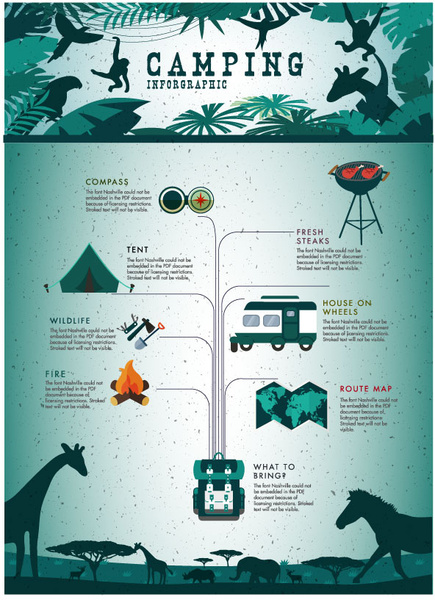As sustainable style ends up being significantly popular, natural structure products are regaining importance. Natural insulation choices like down, cork and Havelock wool offer a wide array of benefits, including excellent warmth-to-weight ratios, water resistance and compressibility.
Nonetheless, their sustainability depends upon the source of resources and exactly how they are processed. Some artificial components lost microplastics during building and construction and are hard to reuse, contributing to land fill waste and contamination.
Price
When it concerns shielding clothes and resting bags, cost is frequently a leading consideration. While natural materials promise reduced discharges and biodegradability, artificial insulation uses unparalleled toughness and performance for much less.
Developed to resemble the protecting residential or commercial properties of down, artificial insulation is comprised of high-loft collections of polyester. Typical brands include Thinsulate, PrimaLoft and Climashield. These are also breathable and can be compressed to size for smaller packs. Nevertheless, they don't carry out too in wet problems.
A family member newbie to the eco-insulation market, Icynene spray foam is a powerful air sealant that increases 100x its original quantity in wall surface and roof covering dental caries. It can be splashed on wall surfaces, floorings and attics and is optimal for retrofits. It's made mainly from recycled paper products and treated with fire retardants.
Durability
The durability of insulation products can have a large influence on the total sustainability of a structure. It can influence life process emissions, power intake and maintenance demands. Natural products can withstand weather wear and environmental stress and commonly need fewer maintenance than artificial alternatives.
For instance, ThermaCork expanded cork and Havelock woollen are durable, renewable insulation options that use a variety of advantages. They additionally supply an even more sustainable structure alternative to conventional fiberglass and foam insulation. They can offer exceptional fire resistance, acoustic performance and contribute to much better interior air quality.
Synthetic insulation is commonly made from polyester, which can be either raw or recycled. It's engineered to simulate down's lofty tendril structure, capturing warm air for insulation. Nonetheless, it does not compress in addition to down and can shed its shielding power when wet. In recent years, though, researchers have been able to establish synthetic insulation that a lot more closely matches the warmth-to-weight ratio of down while keeping its protecting residential or commercial properties in wet conditions.
Recyclability
The insulating products utilized in structure construction have substantial influence on the atmosphere. This results from both their production phase (making use of non-renewable basic materials and fossil energy intake) and their disposal phase. They also add to environment adjustment and cause health and wellness issues in people who are revealed to them.
All-natural insulation options like ThermaCork expanded cork and Havelock woollen can be recycled, as well as sourced in your area to lower transportation-related carbon emissions. They also have reduced embodied carbon and some are also carbon-negative. In addition, they may be accredited by Cradle to Cradle or GREENGUARD for lasting techniques and lower levels of discharged toxins.
One more environment-friendly choice is timber fiber insulation. This cellulose insulation is made from recycled paper, cardboard, and other waste products. It can be treated with borate to preserve fire resistance and water-resistant paraffin sustainable bag wax to stop moisture infiltration. It has an R-value of 3.6 to 4.2 per inch and carries out similarly to artificial foam boards.
Sustainability
As even more builders are trying to find eco-friendly insulation choices, it is very important to recognize the true ecological impact of these products. This includes their embodied carbon, toxicity and breathability, as well as how they do in different climates.
Natural insulation like cork, hemp and wool provide a variety of take advantage of eco-friendly resources. They likewise disintegrate naturally at the end of their life, which minimizes landfill waste and pollution. They commonly also have reduced personified carbon than synthetic alternatives and produce less volatile organic substances during usage, which boosts interior air top quality.
To locate a green insulation, look for third-party certifications such as Cradle to Cradle or GREENGUARD Gold. These indicate that the insulation has been tested according to rigorous environmental and health criteria. Additionally, look for items that are made from recycled or upcycled products to reduce embodied energy. This can help in reducing the ecological footprint of your task by supporting local economic climates and decreasing transportation-related emissions.
